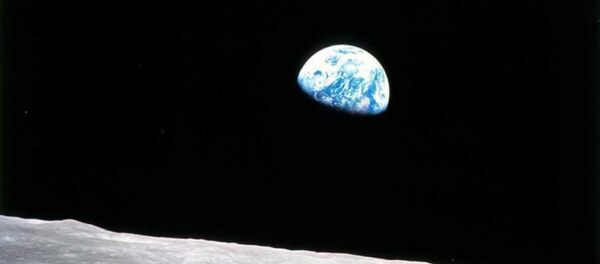“The newly discovered planet is 1.3 Earth masses, so it is just a little heavier than our Earth. The celestial body, designated Proxima B, is orbiting Proxima Centauri which is the nearest known star to the Sun. The planet is located in the so-called Goldilocks zone of the star where it might be possible to locate liquid water,” according to Dr. Sandra Jeffers, member of the team that found the new planet.
She further said that the planet is approximately 4.2 light-years away or in kilometres it is 4, 000,000,000,000,000. “If you are driving an RV- RX6 car at 300 kilometres per hour, it will take you 17,000,000,000 years to get there!”
Jeffers further spoke about how the European Southern Observatory managed to find this planet.
“It is very much a needle in a haystack, as we are actually looking at an optical spectrum so when you look at light travelling through prism it separates into many different colours and each of these colours represent different wave-lengths and what we see is because planets and the stars are orbiting each other, there is a slight shift in the location of the star and in the lines of these spectra, so we are really absolutely looking for a very tiny needle in a haystack,” Jeffers told Sputnik.
Astronomers have long been on an intensive search for planets around Proxima Centauri, but this is the first time they found one in the habitable zone.
According to Jeffers, there are many more discoveries to come but what’s exciting about this star is that it is an “Earth like planet as it is rocky; it’s in the Goldilocks zone and it could be habitable, that’s why it’s particularly very exciting.”
The astrophysicists mentioned that looking at the planet directly right now is beyond the capabilities of science but what the scientists want to find out is if the planet has an atmosphere and if it does there is a higher chance that it will be able to support life.
Talking about why is it important to find a planet such as Proxima B, Jeffers said, “It is an idea that sparks curiosity in everybody’s mind as to if we are just alone in the universe or are there other planets orbiting other stars.”
She further spoke about advance research and what comes next after this discovery has been made. Although it is still too early to send a probe or a spaceship to the planet, the astrophysicist said, “I don’t think we are talking about Star Trek yet, but there are entrepreneurs who are thinking of sending a space probe powered by laser light to Proxima Centauri in the long term future.”




